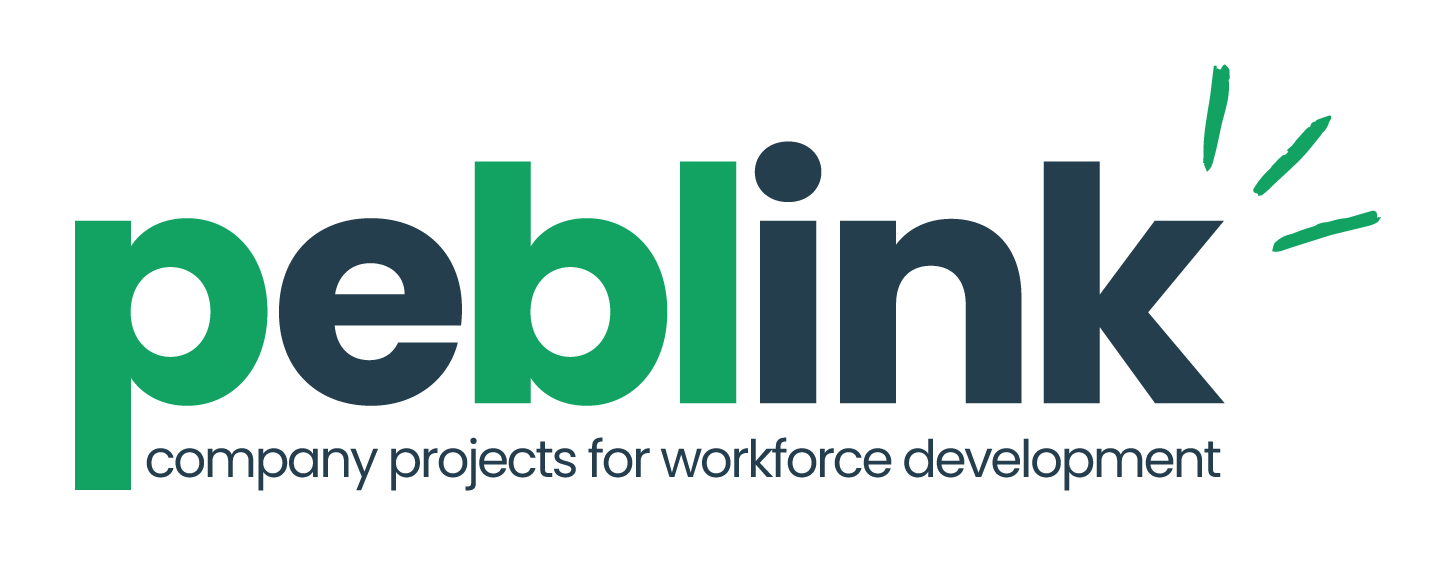AI-driven environmental sustainability and resource optimization initiative aimed at reducing a corporation’s carbon footprint

Organization: Pending Project
Field: ESG, Human Resources, Sustainability
Start:
End:
Status: Open
Project Objective: Develop an AI-driven environmental sustainability initiative aimed at reducing a corporation’s carbon footprint and optimizing resource usage across its global data centers.
Participants
AI-driven environmental sustainability and resource optimization initiative aimed at reducing a corporation’s carbon footprint
Project Objective: Develop an AI-driven environmental sustainability initiative aimed at reducing a corporation’s carbon footprint and optimizing resource usage across its global data centers.

